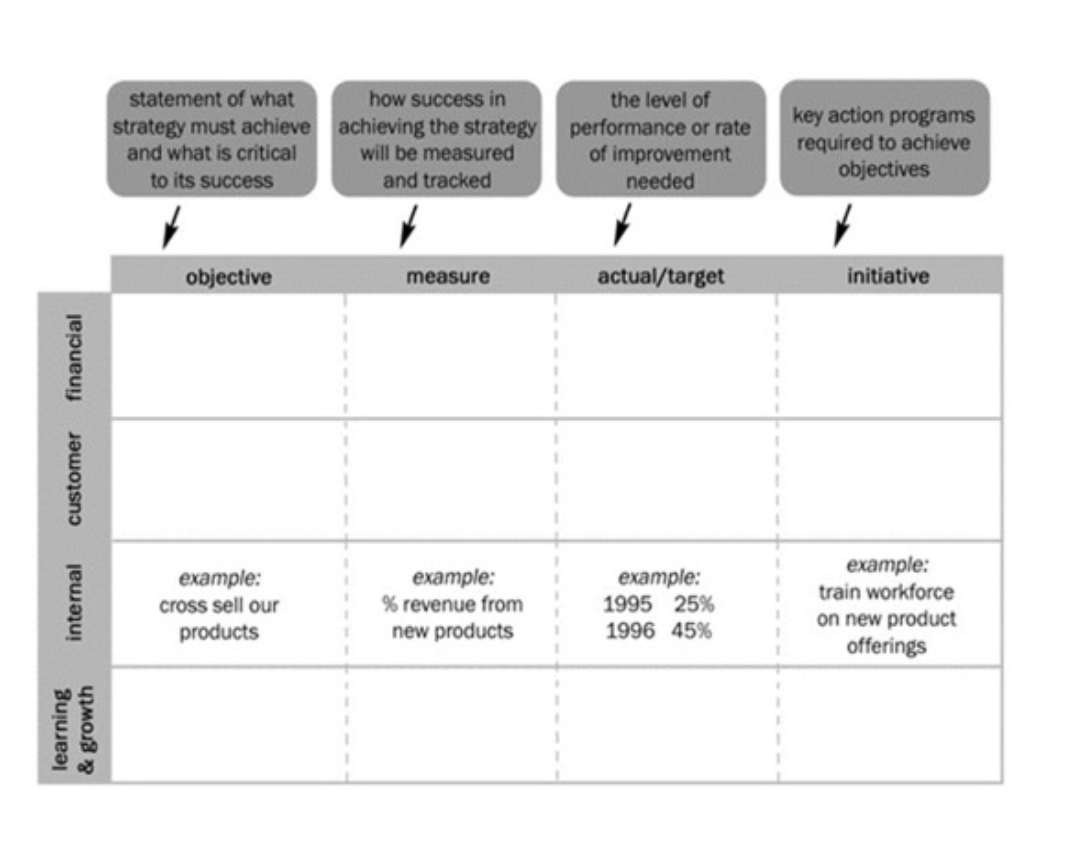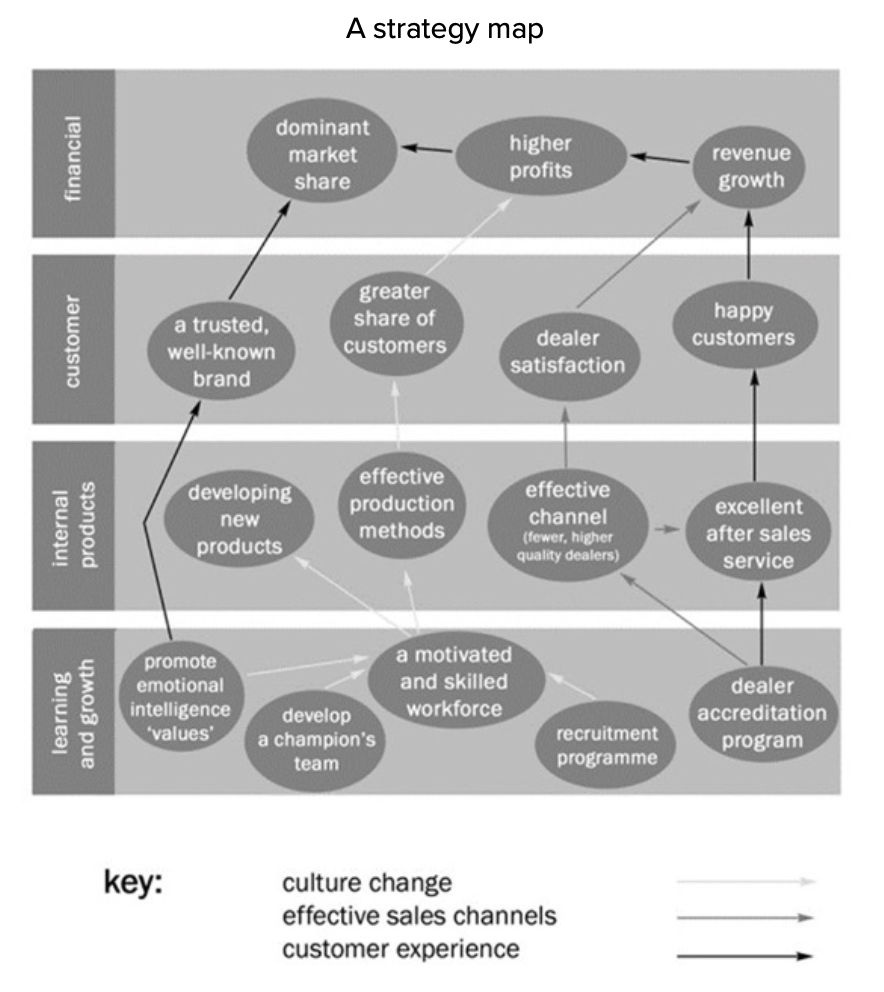
Ian C. Tomlin

When is the right time to write your first business strategy? A business strategy sounds very grown up when you are in the first 90-days of a new business startup. It also sounds like it will burn time. So when is the right time to write your first business strategy? And, how do you get it right first time?
Why write a business strategy?
Your progress so far: You’ve made that emotional commitment to turn your big idea into a business and already it’s taking shape. You’ve tested your audience and there seems to be a market. You’ve probably got a brand name and domain URL sorted, at least one in mind. You might even have some interest from investors, got some early-stage interest… maybe even customers. You’re now wondering whether now is the right time to write a business strategy to frame how you will deliver what you’re planning to do over the next year.
Two questions form in your mind:
#1 When is the right time for a startup to write a business strategy?
#2 How do you do it, and get it right the first time?
What is a business strategy?
Before answering either of those questions, let’s take a step back. A business strategy is simply a document that articulates how your enterprise is going to achieve its ambitions.
Done well, you should manage to draw it out on a single page.
This means you can articulate your strategy in a form that others not so well connected to your business will understand it—and, perhaps more helpfully—you can share it with others.
Get your COMPANY GROWTH on track
Newton Day is a full-service virtual marketing team. We’ve a formula to get STARTUPS like yours from A-to-B faster by doing a small number of things well – to produce predictable growth every time.
(Click the big red button to get started)
Knowing what to measure
In my experience, one of the most challenging areas of business strategy is working out how to measure it. If you agree with the adage, ‘If you can’t measure it, you can’t manage it,’ then you need to come up with some sort of scorecard to track your business progress. This should be more than merely financial data that can only ever show you results once it’s too late to do anything about it. You can’t drive a business forward by spending all of your time looking in the rearview mirror.
Another important value-adding benefit of writing down your objectives comes from being able to create a scorecard that allows you to track your progress through lead (i.e., before it happens) and lag (i.e., after it has happened) measurements of results. This leads me neatly to my next point.
I suspect you will find it’s not easy to put a value measure against some or all of the objectives you may come up with. There is an art to it I would say. It’s better to get your head around what you CAN measure, and make sure you begin the exercise early of mapping out your strategy, your objectives, and what you can measure to evidence progress. It may be you need to build new systems and capture ‘new data’ in order to measure the things that determine your business success.
Baseline data matters to startups too
One final justification for writing up your business strategy as soon as possible comes from this point: You can’t track progress if you don’t have a starting baseline that shows your jump-off point. The sooner you build a baseline, the faster you can evidence to others the level of progress you’re making.
When is the right time to write your first business strategy?
You should write up your business strategy as soon as possible
I would encourage you to document your business strategy as soon as you possibly can, principally because you are unlikely to have a clear way to achieve your business outcomes in your own mind if you can’t write it down on a piece of paper. Once you begin to document your objectives, I suspect you will soon realize there are unresolved questions, vague priorities, and aspirational plans that don’t quite fit.
At the very least, writing up your business strategy will bring the clarity you need to articulate and share your vision with others.
Moreover, the activity of communicating your strategy on a single page will help you to expose cause and effect relationships that exist between the objectives you surface.
For example, you might recognise an objective exists to offer great customer service experience. You will also know that, UNLESS YOU DO THIS, it’s not likely your customers will keep paying you. And if they don’t do that, your shareholders won’t receive a **high return on investment **(another one of your objectives).
This means there is a cause and effect relationship between ‘Offering great customer service experience’ and ‘high return on investment.’ The connection between these two objectives will be the thing that you want to measure., I.e. “What do I need to measure in order to evidence that my performance in delivering great customer service experience is resulting in high return on investment?”

How do you write up your business strategy to get it right first time?
Balanced scorecard and why it matters
The most common approach to describing a business strategy is a balanced scorecard, an approach created by consultants Kaplan and Norton back in the day. As the term suggests, a balanced scorecard is a balanced approach to articulating your business objectives in a form that you can use later to score your business (i.e., in the form of a score card).
If you want to really get your head into balanced scorecarding, you can always read the [book] [Kaplan] and [Norton] wrote which isn’t a terrible read. I suspect, however, you’re too busy for that… so, a few years ago, I penned an applied version of balanced scorecard for STARTUPS and wrote up how to implement it in this guide. It tells you everything that you need to know to get it right the first time.
The fundamentals of building a balanced scorecard
In essence, a balanced scorecard articulates your strategy by balancing the needs of shareholders, with the needs of customers, and the needs of your enterprise to deliver your plan, both in terms of the processes you need to excel at and the things you need to improve that are presently falling short of the mark.
This creates the four perspectives of a strategy, namely:
- FINANCIAL OUTCOMES
- CUSTOMER OUTCOMES
- PROCESS IMPROVEMENT OUTCOMES
- LEARNING AND GROWTH OUTCOMES
Your job (if you choose to accept it) when writing a business strategy, is to come up with a handful of objectives—probably between 2 and 6—for each perspective. This will produce in total around a dozen things you need to do well in order to achieve your business objectives for the year. So far, so good.
Example of a balanced scorecard

Why use a balanced scorecard to describe your strategy?
Of course, there are many ways you can describe a business strategy. Why then, use balanced scorecard method to do it? There are lots of reasons why I would encourage you to write a strategy using balanced scorecard. These are the top ones:
- It’s easy to create (you and your stakeholders need only answer four questions to surface the core insight you need).
- It’s proven to be a reasonably comprehensive instrument to accurately portray a business strategy.
- It’s a common vocabulary to describe business strategy that lots of business people understand because they learned it in college or University. Consulting firms also use it and teach it.
- Even if people have never seen a strategy articulated using balanced score carding before, rest assured, it’s so fundamentally sensible that they will soon understand it.
Example of a balanced scorecard strategy on a single page

We can help you to get your GROWTH on-track
Further Reading
Unlocking Partnership Power
Read this article to learn how to realize your partnering opportunity for B2B marketing
The Podcast Boom
Read this article to learn how audio storytelling is reshaping B2B marketing
Whisper Search
In this article, I examine how websites are dying and voice search is growing.



